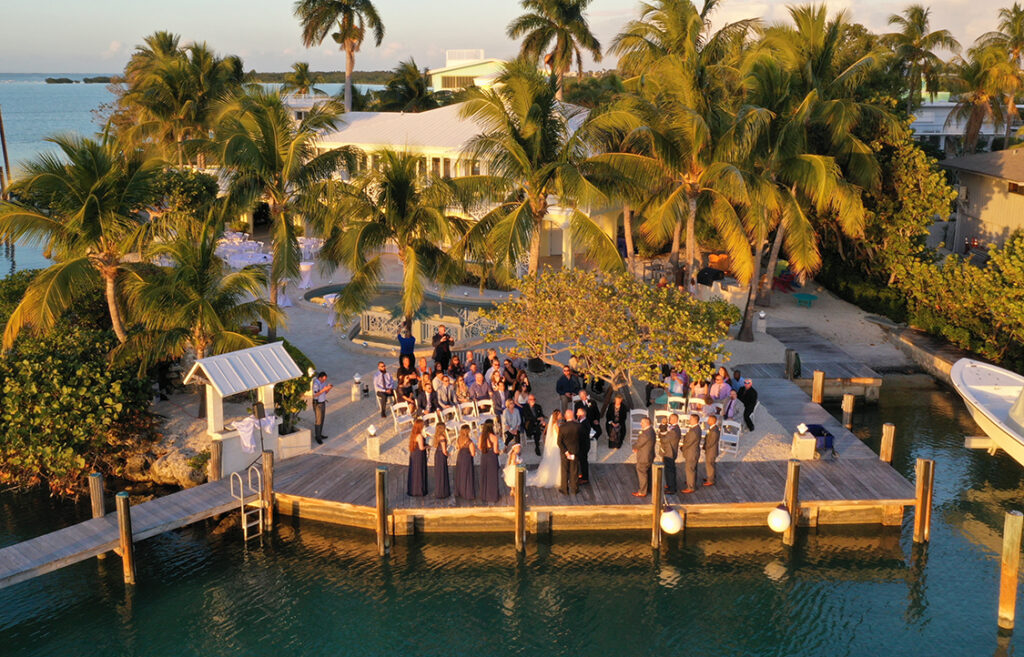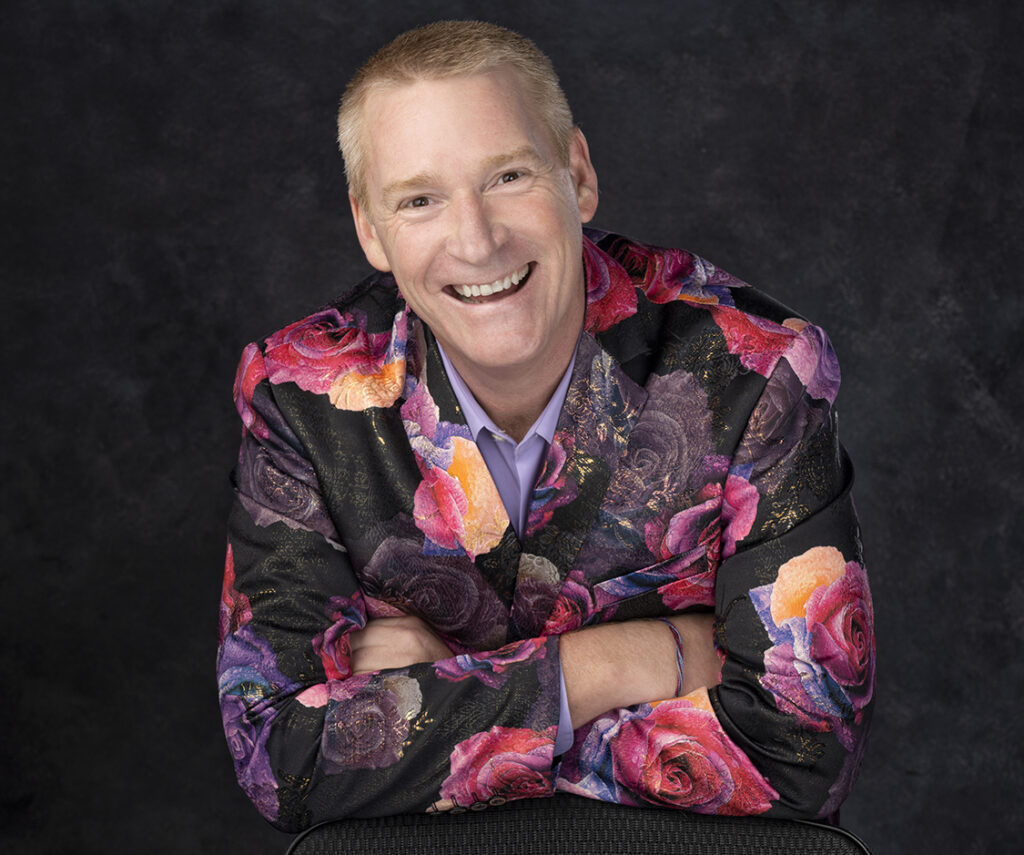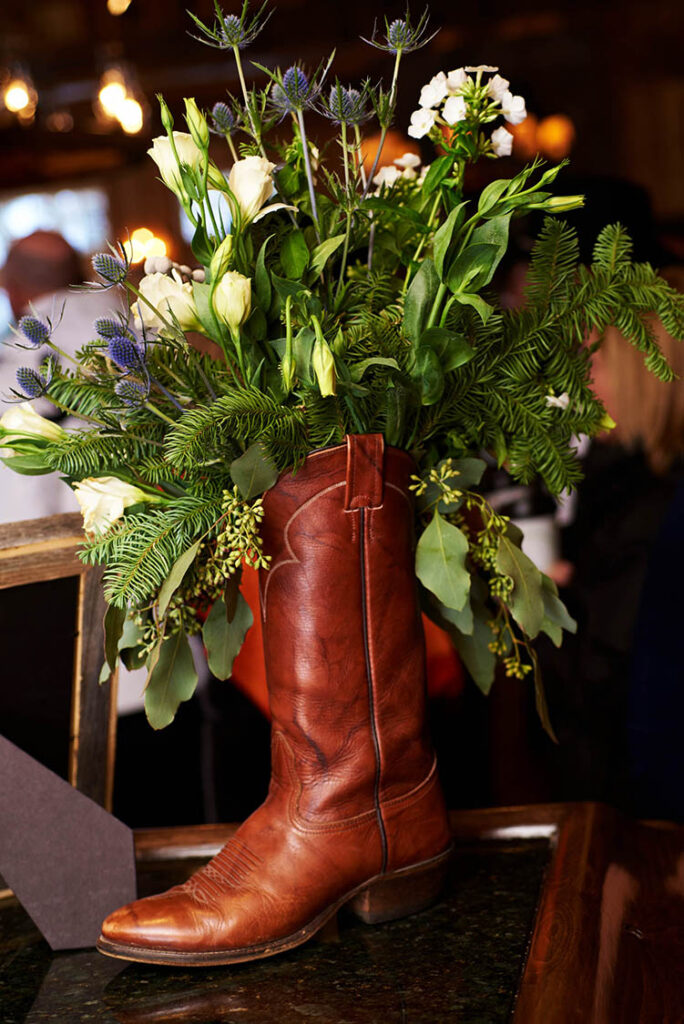How planners and caterers who specialize in niche and destination weddings help clients celebrate the weddings of their dreams
By Sara Perez Webber
When couples decide they want a certain kind of wedding, they often turn to the experts—planners and caterers who specialize. These professionals know how to turn the dreams of their clients into reality. CFE touched base with four such gurus—whose specialties include eco-friendly, South Asian and destination weddings—to learn more about their businesses and how they’re filling an in-demand niche.

Keith Willard Events
Specialty: Destination wedding clients make up about half of the business for Keith Willard Events, based in Fort Lauderdale, Florida. “Being a wedding planner in a tourist destination probably increases the percentage,” says Willard. “Sometimes that number can climb to 80 percent.”
Many couples find Willard through referrals; he’s had a spate of clients from Chicago, for example, after word spread from happy customers. With all the extra considerations needed for a destination wedding, “having the right event planner will dramatically help in not only vendor options, but also room blocks, transportation and logistics!” says Willard.

Demand: According to Willard, destination weddings have skyrocketed in the last couple of years. “Couples want to travel!” he says. “Covid made it impossible for families to always attend milestone events like weddings. The idea that not everyone always has to attend opened the mind and the opportunity for couples to choose to do a destination event.” Willard advises couples to expect that up to 40 percent of invited guests won’t attend a destination wedding, whereas a local wedding will generally result in a 20 percent regrets rate.
The ease of air travel is boosting destination weddings’ popularity, he adds, as is social media: “It’s always easier to conceive of doing something when you see examples of other people doing it.” Remote work has also enabled people to get married in a destination where they don’t live. “This means that a couple may not have to take off extra days for the wedding,” says Willard. “It’s very possible for them to travel on a Wednesday, work remotely on Thursday and already be onsite for their wedding rehearsal on Friday.” Plus, with video conferencing platforms such as Zoom, it’s easier than ever for couples to communicate remotely with their planner and other vendors.
Trends: “Couples are really leaning into the idea of an experience,” says Willard. “If their guests are already traveling hundreds if not thousands of miles, couples want to make sure the trip was worth it in more ways than one.” That means emphasizing what a destination is known for—so waterfront locales are a big hit in South Florida. “A resort that is directly on the beach will allow the couple to have their wedding in the sand and a dinner where the sound of the waves can be heard in the background,” notes Willard.

Challenges and Rewards: As might be expected, distance and time are the biggest challenges for couples planning a destination wedding. For example, Willard recently worked with clients living in Japan, so Zoom meetings had to account for a 13-hour time difference.
Yet when it all comes together, the logistical difficulties pay off for all involved. “Being part of a destination wedding creates memories and bonds between guests that are truly unique,” says Willard. After his own recent nuptials, with friends and family attending from across the country, Willard discovered that guests who met at the wedding were traveling to get together. “It’s easier to be able to travel to a new city when you know someone that already lives there,” he observes, “and who better than a person that you met and bonded with at a destination wedding?”
District Events & Catering

Specialty: Based in Atlanta, District Events & Catering (DEC) is a full-service catering and event design company, with South Asian weddings making up about 40% of business. Rajan Mistry says he founded the company in 2018 because “there was an absence of hospitality, customer service and elevated culinary in the South Asian space. We wanted to enhance the customer experience by creating engagement, not only through the sales and planning process but also with culinary artistry and presentation.”
Demand: District’s South Asian weddings business is on the rise. “I believe this is due to our planning and consultation process, plus our creativity,” says Mistry, chief experience officer. “Most other South Asian catering options in the area come from restaurants, where they are restricted in their event catering capabilities. Here at District, we provide the full event catering experience, with South Asian options that normally aren’t available at other event planning companies in the U.S.” District’s South Asian weddings average 150 guests—with this year’s largest numbering 400—though the company has catered such celebrations for up to 1,200.

Trends: Multicultural weddings are growing in popularity, notes Mistry, while the celebrations are becoming less traditional. “We are witnessing some changes in formalities, where couples are choosing to split celebrations into multiple days versus what once was a full-day production,” he says. “Another thing we’ve noted is many families not being as concerned with fulfilling certain cultural pre-wedding ceremonies.”
Challenges and Rewards: Planning a South Asian wedding is no easy feat. For starters, clients hail from different backgrounds. “The term ‘South Asian’ consists of many regions, including Pakistan, Afghanistan and Sri Lanka, just to name a few,” says Mistry. “Each of these countries has their own culture and heritage, so one must understand and know the background of the client before engaging in details of design concepts, menu items, etc.”
Then there’s the length of the celebration, which often covers several days. “With that comes lots of heavy logistics work and planning,” says Mistry. “Communication between vendors also has to be excellent, as we are sometimes working with vendors who aren’t familiar with or used to doing South Asian weddings.”
Gaining a deep knowledge of clients’ backgrounds and expectations has paid off for the company, resulting in happy couples and word-of-mouth referrals. They often credit the quality of food and District’s creativity in design and menu concepts. “We love being able to share our knowledge to create something memorable for our clients,” says Mistry.

For example, District recently worked with one couple whose families hailed from different parts of India—Goa and Gujarati. “Rajan and team worked with us to design a perfect menu highlighting staple dishes from both our backgrounds to celebrate our special day and wedding weekend events,” wrote the couple in a review. “Our guests were thrilled to enjoy the variety and tradition DEC brought!”
JoAnn Moore Wedding, Design & Event Planning

Specialty: A Certified Green Wedding Planner, JoAnn Moore has helped hundreds of couples plan sustainable weddings in Colorado, California and the Lake Tahoe region. She also travels the country speaking on the topic and certifying other planners in eco-friendly weddings.
Moore follows the “four Rs” when selecting needed items for a wedding—recycle, reuse, refurbish and reimagine. “I try not to purchase new, and opt to search vintage and secondhand stores for items needed for events,” says Moore. “And I highly recommend venues and vendors who are sustainable.” For example, Moore repurposed old cowboy boots into flower vases for a Western-themed rehearsal dinner, reimagined a vintage window as a seating chart and has often reused a white metal mailbox to hold gift envelopes.

Demand: An increasing number of couples—especially young ones—want to do what’s right for the environment when it comes to their weddings, says Moore: “They are tech-savvy and are adept at research. They ask for guidance from someone with the know-how, experience and recommendations.”
Trends: Most couples who work with Moore want to have some or all of their event outdoors. “They still want over-the-top celebrations and are willing to splurge on certain elements, but they also want to incorporate sustainable options,” she says. They’ll spend more to ensure sustainability—bamboo products instead of plastic and organic cuisine, for example. Clients will also budget for an “after the celebration” plan, notes Moore, which might include “extra time for the vendor to wrap flowers in butcher paper for guests to take flowers home, deliver flowers to a senior home, or have the bridal bouquet preserved and not thrown away.”

What’s more, notes Moore, today’s couples want to do as much online as possible: “From Evites to menu selection and responses, they want everything easy and with the ability to make choices and decisions.”
Challenges and Rewards: Sometimes generational differences surface, says Moore, with a couple’s parents wedded to old-fashioned traditions such as paper invitations, programs and place cards.
Educating the industry is another challenge, notes Moore, who’s collaborating with original author Kate Harrison and wedding planner Helena Rincon to update The Green Bride Guide, so it’s geared toward industry professionals rather than engaged couples. “Getting the industry to develop awareness has become important to me,” says Moore, adding that the updated book will “focus on what each industry professional and event venue needs to know, why it’s important, and how to implement simple but impactful changes.”
While there are still “many deniers” in the industry, says Moore—referencing one East Coast event designer who told a room full of wedding designers that his team throws everything away after an event because “we can’t be bothered”—the tide is turning. “More and more industry professionals are doing the work to change and become environmentally friendly,” asserts Moore. “I’m encouraged every day.”
Elements by K.H & co.

Specialty: Kimiko Hosaki began planning destination weddings after the preparations for her own Hawaii wedding went awry. “I ended up planning the wedding myself with the owner of the venue when her planner just disappeared,” says Hosaki, who at the time worked as an event consultant for luxury champagne and spirits brands. “The whole experience ended with the owner hiring me to consult for her venue.”
While consulting, she noticed other couples’ experiences falling short of their expectations. “I wanted to bring them the more unique designs and guest experiences they desired with a smooth and stress-free planning process,” she says. Now Hosaki’s company, based in Hawaii and Vancouver, British Columbia, plans weddings worldwide. She’s built a network of vendors and partners around the world that she calls on when planning events. And if a client requests a destination that she hasn’t worked in before, Hosaki may create a wedding design and hire a production partner in the destination who can execute the details.

Demand: Destination weddings have always been popular with couples, says Hosaki, though now more families are buying into the concept. Clients are increasingly choosing locales that have meaning to them—“either a country that their family has roots in or a destination that they traveled to together during their relationship or as a child, and they want it to be a part of their forever story for the rest of their lives,” she says. “These are the weddings that I love working with as a person that loves to help tell a story and create experiences.”
Trends: Pre-pandemic, most of Hosaki’s destination weddings averaged 50 to 70 guests. Now, however, couples are choosing either bigger celebrations or very intimate ones. “The size is either growing to 100-plus, as people want to gather and see the ones they feel they’ve missed over the years, or they are focusing on the core group of people that stood by them throughout it all, with groups of under 20,” notes Hosaki. Couples who choose small celebrations “are really going all out with a four- to six-day immersive experience for their guests.”

Challenges and Rewards: “The biggest challenge when planning a destination wedding, especially on an island, is planning for anything and everything that you could possibly need in advance,” notes Hosaki. “If the wrong color of flowers arrives, you can’t just catch an Uber to the flower market to fix the problem, or if you need something, Amazon doesn’t ship within two days. You need to know your stuff and be prepared.”
Painstaking legwork notwithstanding, creating once-in-a-lifetime experiences for couples and their guests is emotionally fulfilling, enthuses Hosaki: “Watching it all unfold and the guests loving every moment is such a great feeling, which makes the 300 hours of planning feel all worthwhile.”










